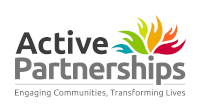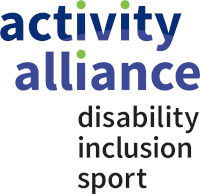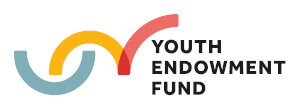Title
Online social networks and physical activity
Research Area
Tackling Inactivity
Author
Zhang, J et al; Preventive Medicine Reports
Summary of Findings
Researchers in Philadelphia carried out a study to explore what features of online social networks can increase levels of physical activity. 790 students (mean age, 25.2) were selected as participants and were all given equal access to group exercise classes that had to be booked using a specifically designed website. The participants were randomly split in to 4 different groups which determined what information they would be given when accessing the website.
One group (control) saw only their own exercise participation statistics but were aware that the top 10% of participants at the end of the study would receive a financial reward. The second group (social comparison) were placed in sub groups of 6 individuals who could all see each others' participation statistics, again they were aware that the top 10% of participants would receive a financial reward. They were not however able to identify each other or given the opportunity to communicate with each other through the website. The third group (social support) were again placed in sub groups of 6 however their incentive was based on the team placing in the top 10% for exercise participation. This group were able to see each others' individual participation statistics as well as the subgroups as a whole. Additionally they had access to an online chat system where they could communicate within their subgroup. The final group (combined) were split in to subgroups of 6 and had the same online access and similar incentive (top 5% instead of top 10%) as the social support group. They additionally could see the participation statistics of the other subgroups for comparison. Except for the control group, all participants received email updates when one of their subgroup members attended a class.
Researchers then examined the number of classes attended by each of the 4 groups to establish which approach incentivised participants the most. They found that the "mean class attendances per week were 35.7, 38.5, 20.3 and 16.8 in the social comparison, the combined, the control and the social support" respectively. This suggests that individual comparison is a strong motivator while social support is not only a poor motivator but in this case actually reduced attendance levels.
Implications
This study shows the benefit of incentives and competitive comparison as a motivator. It also suggests that social support may not be as effective in terms of motivating individuals to be more active.
.png)













